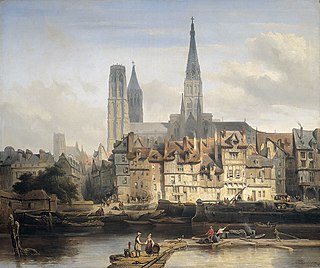 W
WFrançois d'Agincourt was a French harpsichordist, organist, and composer. He spent most of his life in Rouen, his native city, where he worked as organist of the Rouen Cathedral and of three smaller churches. Highly regarded during his lifetime, d'Agincourt was one of the organists of the royal chapel. The single surviving book of harpsichord music by him contains masterful pieces inspired by François Couperin; also extant are some 40 organ works that survive in manuscript copies.
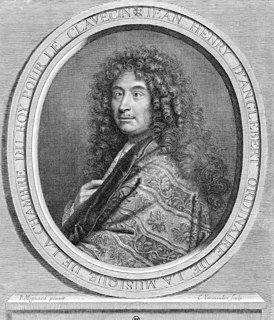 W
WJean-Henri d'Anglebert was a French composer, harpsichordist and organist. He was one of the foremost keyboard composers of his day.
 W
WJohann Sebastian Bach was a German composer and musician of the Baroque period. He is known for instrumental compositions such as the Brandenburg Concertos and the Goldberg Variations, and for vocal music such as the St Matthew Passion and the Mass in B minor. Since the 19th-century Bach Revival, he has been generally regarded as one of the greatest composers of all time.
 W
WClaude-Bénigne Balbastre was a French composer, organist, harpsichordist and fortepianist. He was one of the most famous musicians of his time.
 W
WJohn Bull was an English composer, musician and organ builder. He was a renowned keyboard performer of the virginalist school and most of his compositions were written for this medium.
 W
WDieterich Buxtehude was a Danish-German organist and composer of the Baroque period. His organ works represent a central part of the standard organ repertoire and are frequently performed at recitals and in church services. He composed in a wide variety of vocal and instrumental idioms, and his style strongly influenced many composers, including Johann Sebastian Bach, his student. Today, Buxtehude is considered one of the most important composers in Germany of the mid-Baroque.
 W
WWilliam Byrd was an English composer of the Renaissance. Widely considered to be one of the greatest composers of the Renaissance and one of the greatest British composers, he had a huge influence on composers both from his native England and those on the continent. He wrote in many of the forms current in England at the time, including various types of sacred and secular polyphony, keyboard, and consort music. Although he produced sacred music for Anglican services, sometime during the 1570s he became a Roman Catholic and wrote Catholic sacred music later in his life.
 W
WMichel Corrette was a French composer, organist and author of musical method books.
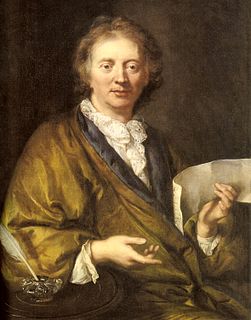 W
WFrançois Couperin was a French Baroque composer, organist and harpsichordist. He was known as Couperin le Grand to distinguish him from other members of the musically talented Couperin family.
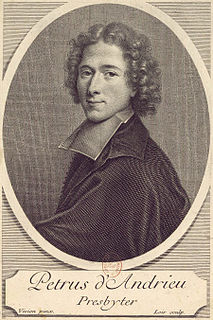 W
WPierre Dandrieu (d'Andrieu) was a French priest, composer and organist.
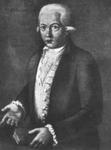 W
WJoseph-Hector Fiocco, born in Brussels, was a composer and Harpsichordist of the late Baroque period.
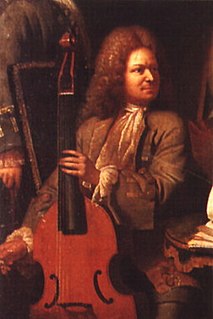 W
WAntoine Forqueray was a French composer and virtuoso of the viola da gamba.
 W
WGirolamo Alessandro Frescobaldi was a musician from the Duchy of Ferrara, in what is now northern Italy. He was one of the most important composers of keyboard music in the late Renaissance and early Baroque periods. A child prodigy, Frescobaldi studied under Luzzasco Luzzaschi in Ferrara, but was influenced by many composers, including Ascanio Mayone, Giovanni Maria Trabaci, and Claudio Merulo. Girolamo Frescobaldi was appointed organist of St. Peter's Basilica, a focal point of power for the Cappella Giulia, from 21 July 1608 until 1628 and again from 1634 until his death.
 W
WOrlando Gibbons was an English composer, virginalist and organist who was one of the last masters of the English Madrigal School. By the 1610s he was the leading composer and organist in England, with a career cut short by his sudden death in 1625. As a result, Gibbons's oeuvre was not as large as that of his contemporaries, like the elder William Byrd, but his compositional versatility led to him having written significant works in virtually every form of his day. He is often seen as a transitional figure from the Renaissance to the Baroque periods.
 W
WChristoph Graupner was a German harpsichordist and composer of high Baroque music who was a contemporary of Johann Sebastian Bach, Georg Philipp Telemann and George Frideric Handel.
 W
WGeorge Frideric Handel was a German, later British, Baroque composer who spent the bulk of his career in London, becoming well known for his operas, oratorios, anthems, concerti grossi and organ concertos. Handel received important training in Halle and worked as a composer in Hamburg and Italy before settling in London in 1712; he became a naturalised British subject in 1727. He was strongly influenced both by the great composers of the Italian Baroque and by the middle-German polyphonic choral tradition. He would become a huge influence on classical composers such as Mozart and Beethoven.
 W
WLouis Marchand was a French Baroque organist, harpsichordist, and composer. Born into an organist's family, Marchand was a child prodigy and quickly established himself as one of the best known French virtuosos of his time. He worked as organist of numerous churches and, for a few years, as one of the four organistes du roy. Marchand had a violent temperament and an arrogant personality, and his life was filled with scandals, publicized and widely discussed both during his lifetime and after his death. Despite his fame, few of his works survive to this day, and those that do almost all date from his early years. Nevertheless, a few pieces of his, such as the organ pieces Grand dialogue and Fond d'orgue have been lauded as classic works of the French organ school.
 W
WJean-Philippe Rameau was one of the most important French composers and music theorists of the 18th century. He replaced Jean-Baptiste Lully as the dominant composer of French opera and is also considered the leading French composer of his time for the harpsichord, alongside François Couperin.
 W
WGiuseppe Domenico Scarlatti, also known as Domingo or Doménico Scarlatti; was an Italian composer. He is classified primarily as a Baroque composer chronologically, although his music was influential in the development of the Classical style. Like his renowned father Alessandro Scarlatti, he composed in a variety of musical forms, although today he is known mainly for his 555 keyboard sonatas. He spent much of his life in the service of the Portuguese and Spanish royal families.
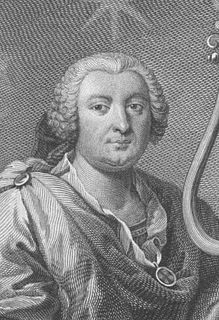 W
WJosé António Carlos de Seixas was a pre-eminent Portuguese composer of the 18th century. An accomplished virtuoso of both the organ and the harpsichord, Seixas succeeded his father as the organist for Coimbra Cathedral at the age of fourteen. In 1720, he departed for the capital, Lisbon, where he was to serve as the organist for the royal chapel, one of the highest offices for a musician in Portugal, a position which earned him a knighthood. Much of Seixas’ music rests in an ambiguous transitional period from the learned style of the 17th century to the galant style of the 18th century.
 W
WJan Pieterszoon Sweelinck was a Dutch composer, organist, and pedagogue whose work straddled the end of the Renaissance and beginning of the Baroque eras. He was among the first major keyboard composers of Europe, and his work as a teacher helped establish the north German organ tradition.
 W
WGeorg Philipp Telemann was a German Baroque composer and multi-instrumentalist. Almost completely self-taught in music, he became a composer against his family's wishes. After studying in Magdeburg, Zellerfeld, and Hildesheim, Telemann entered the University of Leipzig to study law, but eventually settled on a career in music. He held important positions in Leipzig, Sorau, Eisenach, and Frankfurt before settling in Hamburg in 1721, where he became musical director of that city's five main churches. While Telemann's career prospered, his personal life was always troubled: his first wife died less than two years after their marriage, and his second wife had extramarital affairs and accumulated a large gambling debt before leaving him.